About 10 to 20 percent of Louisiana families owned radio sets, according to the 1930 Census. Families of Hathaway that can be considered “Early Adopters” of the radio set (according to the 1930 Census): Alonzo Hines Jr., Harry Patridge, William Koll, Dalistour LeDoux, Addie Bucklin, Fred Bucklin, Albert E. Stagg, John Koll, Robert T. Compton.
Here is a link to more information on "radio sets" of the 1920's;
You may ask “Why was this information collected in the 1930 Census?” Below are a couple of excerpts that may help explain:
From Advertising the American Dream: Making Way for Modernity, 1920-1940 (1985), by Roland Marchand.
In the early decades of the twentieth century, American business and political leaders viewed radio as a source of cultural "uplift" for the population as well as a valuable medium for advertisement of mass-produced goods. The inclusion of a question on radio ownership reflected his new interest in the possibilities of consumer items and methods of mass communication.
From Seabiscuit, by Laura Hillenbrand:
In the 1920s the cost of a radio had been prohibitive--$120 or more--and all that bought was a box of unassembled parts. In “un-electrified” rural areas, radios ran on pricey, short-lived batteries. But with the 1930s came the advent of factory-built console, tabletop, and automobile radio sets, available for as little as $5. Thanks to President Roosevelt's Rural Electrification Administration, begun in 1936, electricity came to the quarter of the population that lived on farmlands. Rural families typically made the radio their second electric purchase, after the clothes iron. By 1935, when Seabiscuit began racing, two thirds of the nation's homes had radio. At the pinnacle of his career, that figure had jumped to 90 percent, plus eight million sets in cars. Enabling virtually all citizens to experience noteworthy events simultaneously and in entertaining form, radio created a vast common culture in America, arguably the first true mass culture the world had ever seen. Racing, a sport whose sustained dramatic action was ideally suited to narration, became a staple of the airwave...."
For many years, there was horseracing around the area. The excitement of horse races on the radio certainly kept interest peaked. At one time, there were three horse tracks in the Hathaway area. All of them were straight-aways. One track was located a couple of miles north of where Hathaway High School is now, another near Raymond, and another near where the Grand Marais school once stood. Horses were racing until the early-1960's. There were tracks all over Southwestern Louisiana and people liked to bring their horses to different tracks to see how they matched up. The horse races were group gatherings with cookouts and celebration. When the races were over, the celebration continued. And often, celebration led to inebriated banter, which led to challenges of speed, which usually ended with several men in the gates ready to race each other down the track. This had to be much more entertaining than any horse race could have been.
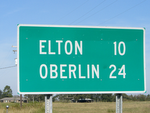
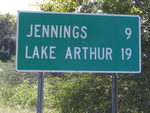
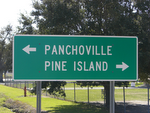
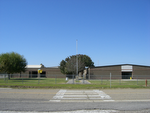
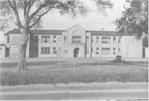
No comments:
Post a Comment